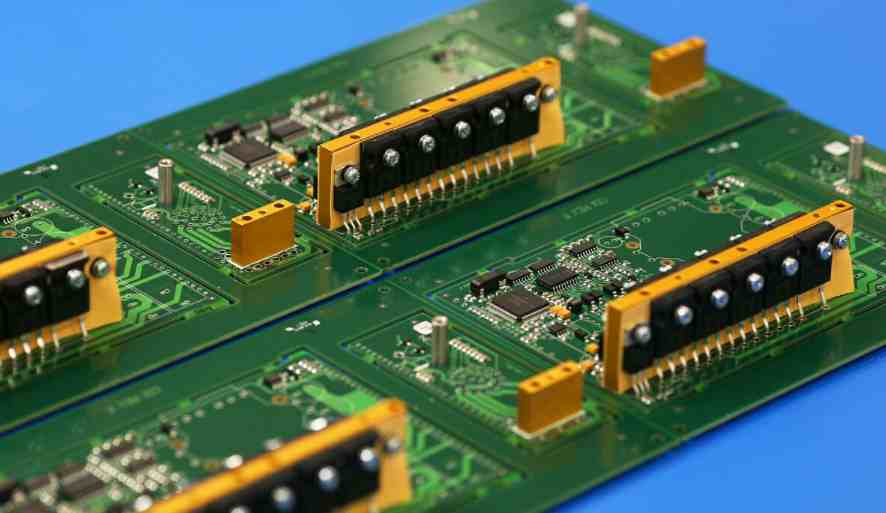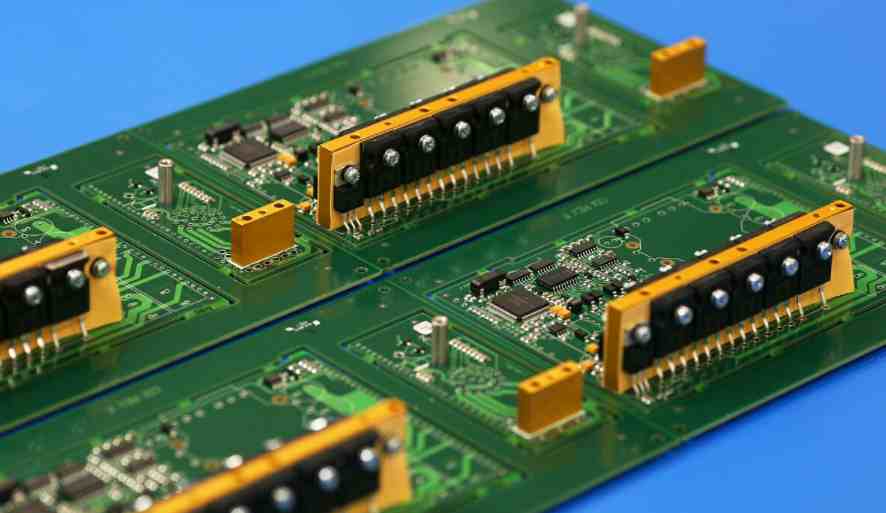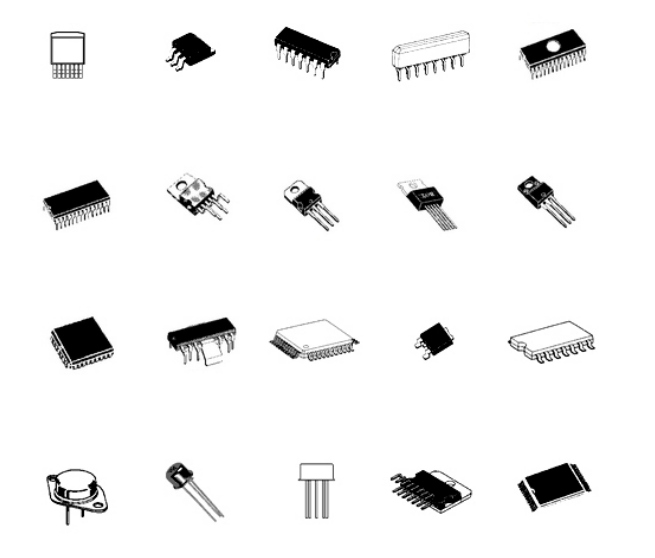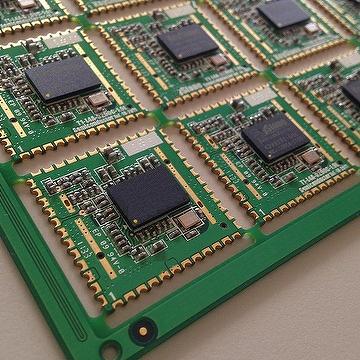
SMT patch factory electrostatic knowledge sharing:
1. Definition and characteristics of static electricity
Step 1 Define
Static electricity is the relatively static charge, is the excess or insufficient static charge on the surface of the object; Is a physical phenomenon in which the positive and negative charges on the surface of an object are separated.
2. Basic physical characteristics of static electricity
① Mutual attraction or repulsion;
(2) potential difference with the earth;
③ Discharge current will be generated.
3. Characteristics of static electricity
(1) High potential: the electrostatic potential of equipment or human body can reach tens of thousands to hundreds of thousands of volts, and the operation is often hundreds to thousands of volts = (people are usually not easy to feel the electrostatic below 3kv).
② Low electricity: usually millicoulomb (mC,10-3C), microcoulomb (μC,10-6C).
③ Small current: mostly microamperes (μA,10-6A).
④ Short action time: microsecond level (μS, 10-6S).
(5) Greatly influenced by the environment: especially the influence of humidity. When the humidity rises, the electrostatic accumulation decreases and the static voltage decreases.

Two, the cause of static electricity
1. Micro cause (internal cause)
According to the theory of atomic physics, matter is in electric equilibrium when it is electrically neutral. The contact of atoms of different substances produces the gain and loss of electrons, which causes the matter to lose balance and produce electrostatic phenomena.
Matter is made up of molecules, which are made up of atoms, which are electrons with a negative charge and protons with a positive charge. Under normal circumstances, an atom has the same number of protons and electrons, a positive and negative balance, and so appears electrically neutral.
When two different bodies come into contact, one loses its charge and electrons are transferred to the other, making it positively charged. And the other object that got some electrons left over is negatively charged. If, in the process of separation, the charge is difficult to neutralize, the charge will accumulate, causing the object to become electrostatic. That is, when an object is separated from other objects, it will carry static electricity.
2. Macro causes (external causes)
① Friction between objects generates heat and excites electron transfer.
② The contact and separation between objects produce electron transfer.
(3) Electromagnetic induction causes the surface charge imbalance.
(4) Combined effects of friction and electromagnetic induction.
Iii. Definition and mode of electrostatic power-on
1. Definition of electrostatic power-on:
Electrostatic electrification includes all processes in which positive and negative charges occur. Such as: through solid and solid surface, solid and liquid surface contact, friction, collision, solid or liquid surface rupture and other mechanical effects of positive and negative charge separation. They also include ionization of gases, jet charging, and charging in dust, snowflakes, and storms.
2. Electrostatic power-up mode:
① triboelectrification: the transfer of electrons from one object to another (electron gain and loss);
② Contact electrocution: in fact, the charge has been transferred. The process by which an electrically charged body comes into contact with an uncharged conductor, so that the conductor becomes electrically homogeneous (proportional distribution);
Dissimilar charge contact, first neutralizing and then bisecting.
Law: Two identical conductors contact, equally divide the remaining charge.
Induction: when a charged body close to the conductor, the conductor close to the charged body end with different charge, away from the end with the same charge, this phenomenon is called electrostatic induction.
The rule: The proximal side induces heterogeneous charge, the distal side induces homogenous charge.
Power-on mode also includes: thermoelectric, piezoelectric, flush, freezing, electrolysis, temperature difference, etc.
The physical process of static electricity generation:
Contact, separation and induction → charge transfer → even layer formation → charge separation → electrostatic generation
The essence of electrification:
No matter what kind of electric charge, its essence is to separate positive and negative charge, so that charge transfer, not create charge.
3. Factors affecting the static electricity of materials:
① The material itself has the electrostatic property. The microstructure and property of the material are the main factors that determine the electrostatic charged sequence, which directly affects the electric symbol and the amount of charged energy
ⅰ : chemical composition of the interior of a substance.
ⅱ : Chemical composition of the surface of the substance (e.g., contamination, oxidation, adsorption, etc.).
3: Molecular structure, orientation (tensile change of the orientation of the molecules resulting in change of charged state), crystallinity.
4, 4, Shape, size, spatial position of an object (limit of the amount of charged energy on the object).
② contact tightness, pressure, friction speed:
Friction, pressure and other factors are not necessary for electrostatic electrification, simple "contact - separation" will make the object charged, but friction and other factors can enhance the electrification effect.
③ Temperature and humidity of the environment:
△ The change of ambient temperature and humidity will cause the change of the conductivity of the material surface and the surrounding medium, so that the charge on the object through the surface of the object and the surrounding medium leakage speed change, affect the electrostatic charged electricity of the object.
△ When the ambient humidity RH > 80%, the electrostatic power of any object is very small; When RH < 30% and the temperature is low, the electric quantity of the object can be large because of static electricity; When RH > 40%, the static energy drops sharply. When RH > 60%, the static energy tends to be stable.







